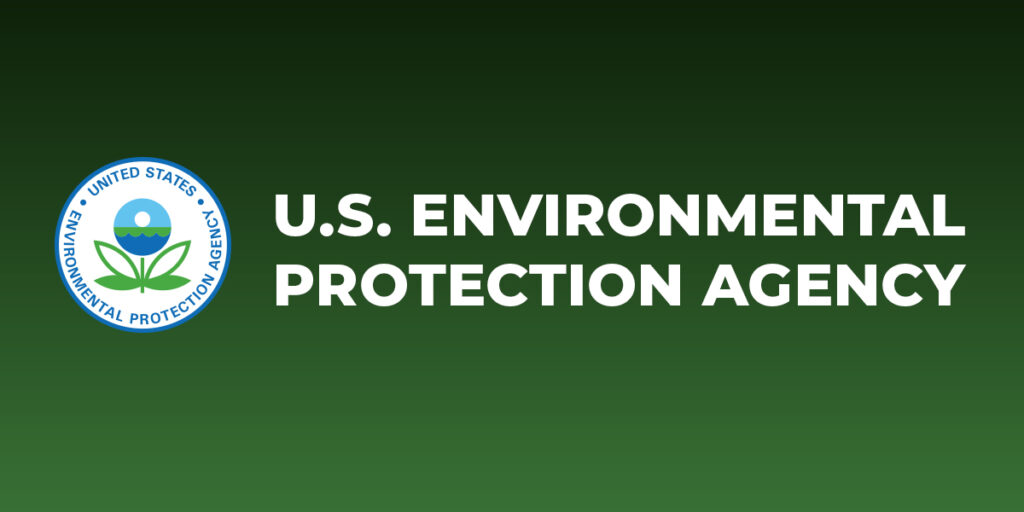 (AGENPARL) - Roma, 21 Marzo 2024
(AGENPARL) - Roma, 21 Marzo 2024(AGENPARL) – gio 21 marzo 2024 Issued: Mar 21, 2024 (2:44pm EDT)
If you wish to unsubscribe please do so
here: http://url6130.epa.mediaroom.com/ls/click?upn=u001.iqz6hAvLdUl-2FaSixKUG3iyFJBsxNAroAZOQ1BID8fKIiLAUfJX2sQlhu1tzKAOIu-2BU84uzAzSpWvmWyHnsNJDRYXWx5dlMz75Zp9ch-2BQlG6mQHPYjReZhS13hvd5qOopTT1m_-2B0Ok6Af7hyz7Kqg6CR74pYblAA1WjrUjKSJUAiv3NOub0DC4O7JPWGxIlQ7kBB-2FSdl1dfvzjMGG8J-2BZ5jietDP3FMyii7Np5ZupRsYcmReaz-2FxEv737rendU9NEovcPR8q27BmlMPG7uiK-2F-2BRLh-2BUK0hrAsQGu0rPzq1MNCb-2BF47OlLuXH6tSvXED-2FhyEExciFP3mWfrQaGXLkW3dfOg8ZTKWdnGjLhfuyDuBNLWXloa-2BhGo29VmKCDA5XfJpAABuD9K5CnEUr3gWgzeWQdLCw-3D-3D
Toxic chemical releases have declined 21% in 10 years according to new Toxics
Release Inventory data
WASHINGTON – Today, March 21, 2024, the U.S. Environmental Protection Agency
released its 2022 Toxics Release Inventory (TRI) National Analysis showing
that environmental releases of TRI chemicals from facilities covered by the
program were 21% lower in 2022 compared to 2013. This includes a 26% decrease
in air releases. During this 10-year period, releases from manufacturing
facilities decreased by 9% while the value added to the U.S. economy from
manufacturing increased by 14%. While overall releases increased by 1% from
2021 to 2022, there was a 6.5% increase in the number of pollution prevention
activities reported under the TRI program compared to 2021.
The 2022 TRI National Analysis summarizes environmental releases of TRI
chemicals, as well as how facilities managed their waste. In 2022, facilities
reported managing 88.5% of their TRI chemical waste through preferred
practices such as recycling, energy recovery and treatment, while releasing
11.5% of their TRI chemical waste into the environment.
“Communities have a right to know how facilities in their backyards might be
exposing them to toxic chemicals,” said Assistant Administrator for the
Office of Chemical Safety and Pollution Prevention Michal Freedhoff. “We are
committed to sharing the information we collect from facilities openly and
clearly, allowing people to find new ways to use this data to the benefit of
us all.”
EPA, states and Tribes receive TRI data from facilities in sectors such as
manufacturing, mining, hazardous waste management and electric utilities. More
than 21,000 facilities submitted reports on 522 of the 827 chemicals and
chemical categories for which TRI reporting is required. The remaining 305
chemicals either were not manufactured, processed or used by facilities
required to report to TRI or were not manufactured, processed or used in
amounts large enough to trigger reporting.
The 2022 TRI National Analysis features visualizations and analytical tools to
make data more useful and accessible to communities. Readers can view data by
state, Tribe, metropolitan area, EPA region and watershed using the “Where
You Live” mapping tool. This tool also allows readers to view facility
locations overlayed with demographic data to identify potential exposure to
TRI chemical releases in communities, including overburdened communities.
Community groups, policymakers and other stakeholders can use this
information, along with other environmental data, to better understand which
communities may be experiencing a disproportionate pollution burden and take
action at the local level.
Additionally, the 2022 TRI National Analysis highlights trends and changes in
waste management practices for specific sectors and chemicals in the Sector
Profile and Chemical Profile sections. This year, the 2022 TRI National
Analysis highlights the primary metals manufacturing sector alongside the
standard profiles for electric utilities, chemical manufacturing and metal
mining.
EPA is holding a public webinar on Thursday, April 4, 2024, at 2 p.m. ET to
provide an overview of the 2022 TRI National Analysis. Register for the
webinar.
View the 2022 TRI National Analysis, including local data.
PFAS Reporting
The TRI National Analysis includes reporting on per- and polyfluoroalkyl
substances (PFAS) as required by the 2020 National Defense Authorization Act
(NDAA). A provision of the NDAA outlines criteria for additional PFAS to be
automatically added for TRI reporting. For reporting year 2022, four PFAS met
the criteria and were added to the reporting requirements for a total of 180
PFAS tracked by the TRI program. During 2022, 50 facilities managed 1.2
million pounds of these chemicals as waste, which represents an 8% decrease
compared to 2021.
For reporting year 2024, TRI will no longer have a reporting exemption for
facilities that use PFAS in small, or de minimis, concentrations as a result
of EPA’s recently published final rule. This rule will improve the quality
and quantity of publicly available data on PFAS, as many materials used at
facilities contain PFAS in low concentrations. Facilities that make or use
these products will no longer be able to rely on the de minimis exemption to
avoid their responsibility to disclose PFAS releases and other waste
management of these chemicals.
Pollution Prevention
Facilities implemented 3,589 total pollution prevention activities in 2022
with the most common being process and equipment modifications, followed by
changes to operating practices and training. Through both existing programs
and the Bipartisan Infrastructure Law, EPA offers grant opportunities to
state and Tribal technical assistance providers to help prevent pollution.
Industry professionals can view TRI reporting on pollution prevention to
learn about best practices implemented at other facilities.
Key Expansions to TRI Reporting
Important expansions to TRI reporting went into effect for reporting year
2022. Some contract sterilization facilities, which are contracted to
sterilize products or equipment for hospitals and other facilities, were
required to report to TRI for the first time on their management of ethylene
oxide and ethylene glycol as waste. These facilities managed 6.3 million
pounds of ethylene oxide waste, nearly all of which was treated.
Reporting year 2022 was also the first year of expanded reporting for the
natural gas processing sector. The 305 facilities in this sector that reported
to TRI managed 115 million pounds of TRI chemicals in waste and disposed of
81% of TRI chemicals in underground injection wells.
To unsubscribe or change your settings click here:
http://url6130.epa.mediaroom.com/ls/click?upn=u001.iqz6hAvLdUl-2FaSixKUG3iyFJBsxNAroAZOQ1BID8fKKhIILjisBDEktm3-2BIos9X6Kf68P43Q8p0tvw9HUB-2BJDdpFx91XGIQ47ACDtnMh261W-2Bw8nVwES-2FBexSL8zQ2y6JZ4VjAjbL-2BEVIG38UE-2FuZA-3D-3DxQL2_-2B0Ok6Af7hyz7Kqg6CR74pYblAA1WjrUjKSJUAiv3NOub0DC4O7JPWGxIlQ7kBB-2FSdl1dfvzjMGG8J-2BZ5jietDP3FMyii7Np5ZupRsYcmReYIXPlpVJiH3yvYNKXQzSCQ1N8loRp0oou-2FDCU0ohx568jKtXMtuH9Krq0nvyDYx4l6eGRQvWKojrYeGPVuLisapAAX4hopU-2Fpqz1ftYgcvkZ6SPetblKWC3CFD4B-2F38ErsDzzu400b2oT2c3oirDoi6ifK5GnICGJNb3vHRTdb5w-3D-3D

